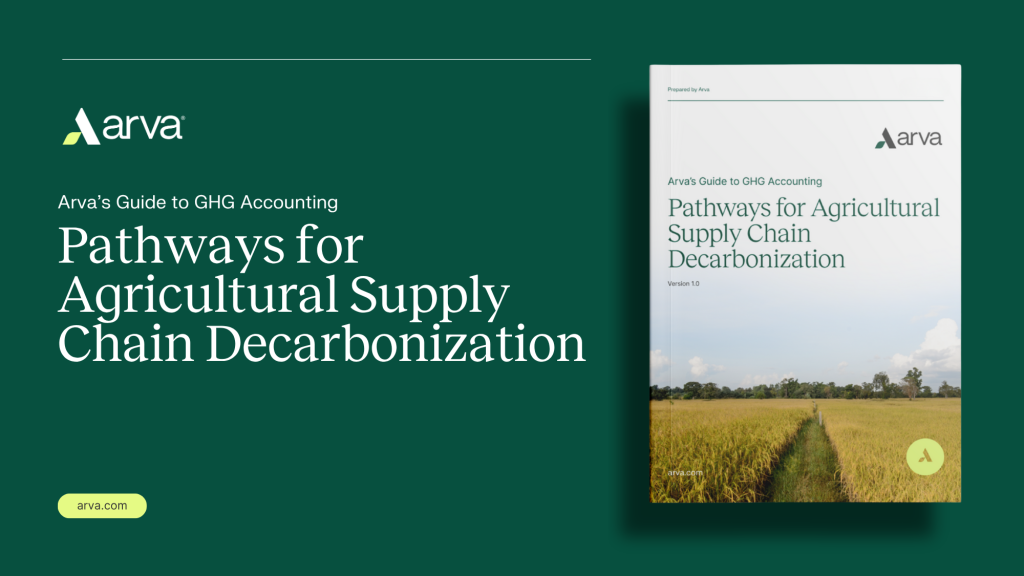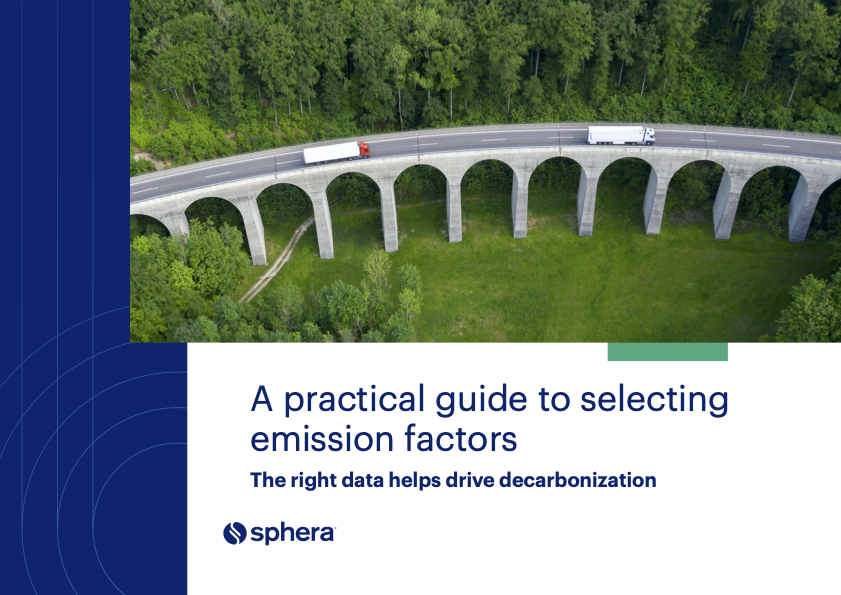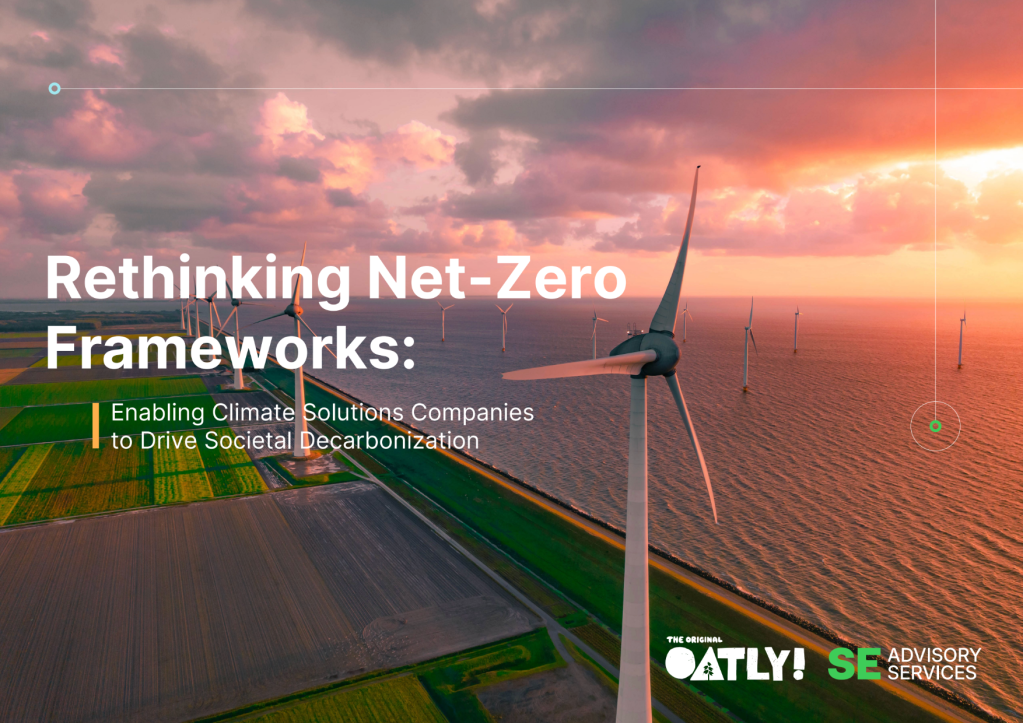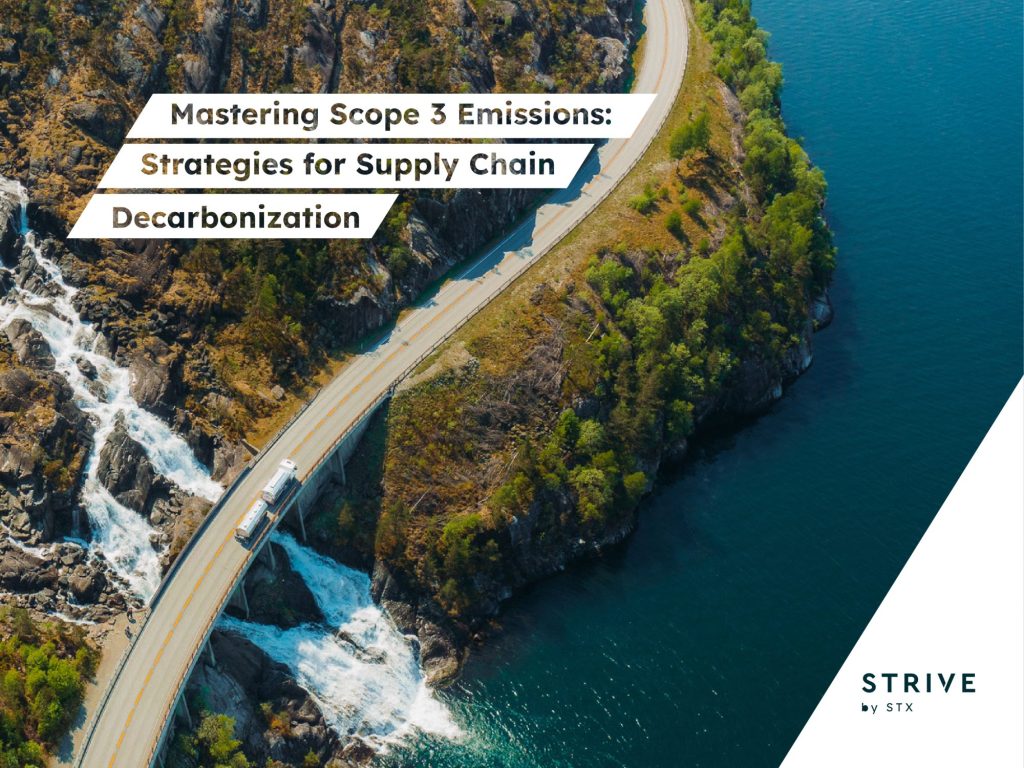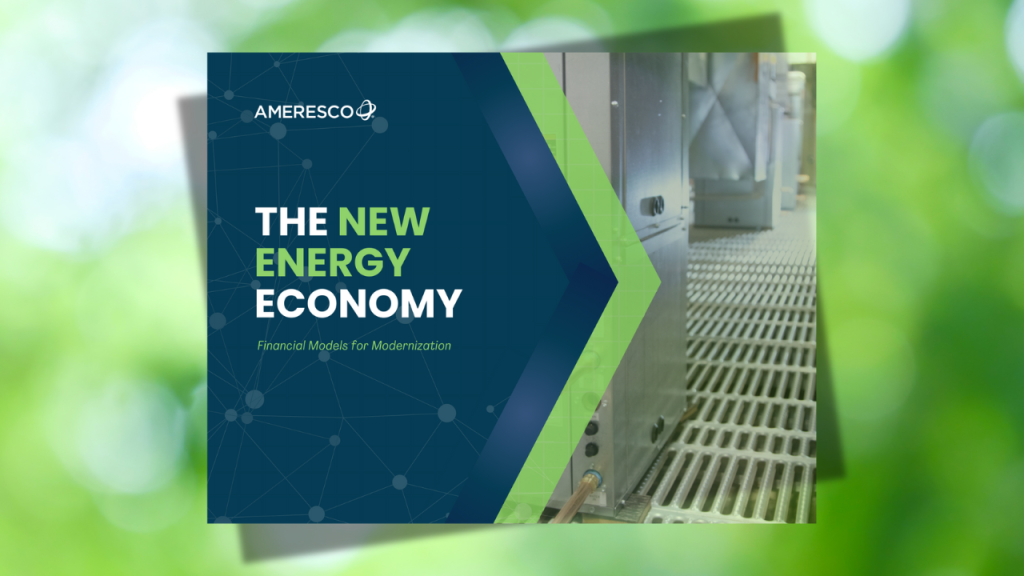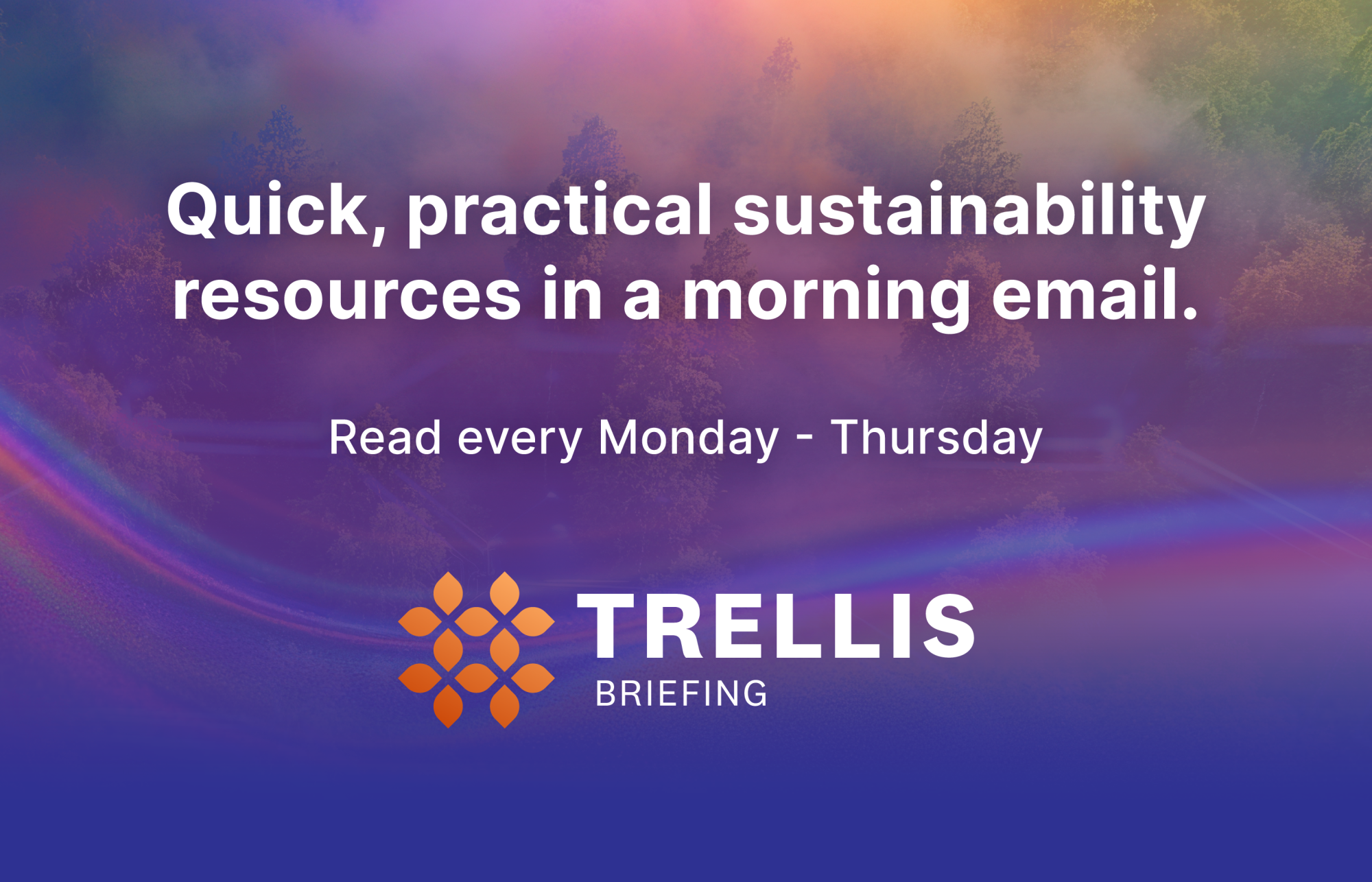Heathrow Airport has a plan to reduce its nature impacts. It also plans to add a new runway
The UK's major air hub launched its first nature-positive plan before the government started pushing for a third runway at the airport. Read More
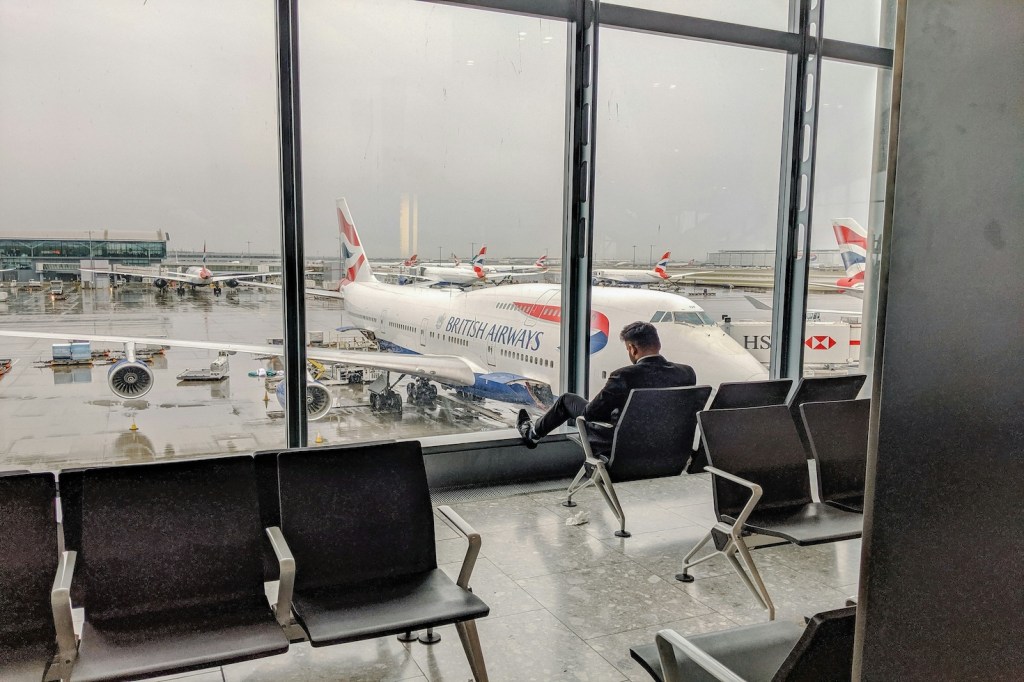
London Heathrow released its first nature-positive plan in December. The plan calls for Heathrow, the world’s fourth-busiest airport, to reduce its impact on biodiversity and increase the amount of land it manages for conservation.
In launching its nature-positive plan, Heathrow joins a small, growing group of international airports trying to reduce their environmental impacts. Meanwhile, however, it is applying for approval for a third runway, an expansion that would dramatically increase its environmental impacts. This apparent conflict raises questions about who is ultimately responsible for aviation’s environmental damage — and how governments, airport operators and multinational corporations can reduce air-travel-related emissions.
Economic engine
In mid-February, Heathrow Holdings Limited, the company that owns and runs the airport, said it will submit a multi-billion pound expansion plan to the United Kingdom’s government. The government must grant the company development consent before building can begin.
That seems likely, considering that the government supports an expansion. Rachel Reeves, the U.K.’s Chancellor of the Exchequer, said in January that a third runway will boost the country’s economy and create 100,000 jobs.

100,000 new jobs. Credit: Martin Suker
via Shutterstock.
It will also take up to a decade to build and cost at least $17.7 billion. London Mayor Sadiq Khan has already voiced his opposition. Critics question how the expansion would align both with the U.K.’s climate targets and with Heathrow’s environmental goals more specifically.
Climate costs
Aviation contributes 3.5 percent of global emissions annually and airports themselves are major contributors: In 2023, Heathrow emitted more than 18 million tons of carbon dioxide, of which 95 percent came from aircraft — making it the world’s second most-polluting airport according to a report from ODI, a global affairs think tank, and others.
If the third runway opens in 2035 as the government hopes, it would increase flight traffic to Heathrow by 50 percent, from 480,000 flights a year to 720,000.
According to research shared by the U.K. government, a third runway at Heathrow would increase the country’s GDP by 0.5 percent by 2050. However, many climate activists and green policy experts question the logic of expanding airports, and thus air travel, when so much of the global economy depends on limiting temperature rise.
“The chancellor is right to focus on economic renewal, but we cannot have growth at any cost,” said Shaun Spiers, executive director at Green Alliance, an environmental think tank. “The economic case for bigger airports and new roads is highly questionable, and it’s crystal clear that pushing ahead with these will fly in the face of the U.K.’s climate targets.”
Runway risks
The expansion plans involve diverting a major motorway and potentially destroying a local wildlife park, Harmondsworth Moor.
“Add to that the additional air pollution caused by the increased air travel, as well as road journeys to the airport, and it quickly becomes clear that the expansion of Heathrow would be completely at odds with any pledge this government has made to protect our environment,” said Matthew Stanton, director of conservation strategy at the Berkshire, Buckingham and Oxfordshire Wildlife Trust (BBOWT).
Parts of four rivers would be paved over, according to the Wildlife Trust, and a fifth diverted through a landfill site, with potentially devastating impacts on water quality and birds.
Heathrow’s nature plan
In the new nature plan, Heathrow CEO Thomas Woldbye wrote that the airport both creates an “impact on nature” and is “also dependent on nature.”
To mitigate its environmental risks, Heathrow is following the recommendations of the Taskforce for Nature-related Financial Disclosures. It is the first airport in the world to commit to these steps — meaning that, from now on, it will annually share its impacts on nature, including those caused by the proposed development of a third runway.
Heathrow pledged to manage 10 percent more land for biodiversity. It currently works with ecologists to conserve about 420 acres. It will also continue to buy nature-based carbon credits from projects conserving or restoring nature.
“I look forward to working in partnership with our local communities to further expand the nature networks around Heathrow,” said Becky Coffin, director of communities and sustainability at Heathrow, in a press release shared by the airport’s media office. Airport officials declined to comment further.
What airports can do
Heathrow is not the only airport trying to square its nature strategy with heavy traffic and expansion plans. A third runway is also planned at Munich Airport, although this has been delayed, following controversy, until 2028.
Munich’s nature strategy focuses heavily on birdlife, as the meadows around the airport’s runways are important breeding grounds for the Eurasian curlew, a species considered “near-threatened.”
Dallas-Fort Worth, the world’s third-busiest airport, is working with Ramboll on its nature-positive strategy and, according to its website, became the U.S.’s first “carbon-neutral” airport in 2016.
Hong Kong International Airport, the world’s busiest facility in terms of air cargo shipments, built a 1,606-acre island in the South China Sea for a third runway. After eight years of construction, all three runways operated simultaneously for the first time in November.
The Airport Authority Hong Kong’s Environmental Impact Assessment showed that 40 percent of the project’s “reclamation footprint” was linked to mud pits contaminated by earlier marine projects.
Builders used deep cement mixing technology, a non-dredge reclamation method, to strengthen the soft mud before forming land above. This meant it didn’t have to move the mud and risk the contamination leaking into the sea. It has also spent $400 million to support fisheries and marine ecology and has established the 5,931-acre North Lantau Marine Park.
Shared responsibility
“Rather than pushing expansion plans, airports should focus their efforts on becoming hubs for sustainable fuels and for tackling planet-warming contrails,” said Denise Auclair, head of the Travel Smart Campaign at Transport & Environment (T&E), a group of NGOs advocating for sustainable transport in Europe.
Companies also have a role to play in helping airports reduce their emissions, not least by reducing the demand for air travel.
According to T&E, business travelers make up about 12 percent of air passengers in Europe, but they create up to 75 percent of revenues on certain flights. “Large global companies’ choices can send signals to the industry and regulators,” said Auclair.
Reducing business travel emissions is one of the easiest ways for companies to improve their environmental footprint. T&E recommends setting travel carbon budgets, using virtual collaboration tools and choosing rail travel where possible (admittedly easier in Europe than in the United States).
For sustainability leaders at the world’s busiest airports, cutting emissions is more challenging. As Heathrow’s expansion plans unfold, it will be a test case for squaring booming global air travel with environmental goals.

Subscribe to Trellis Briefing
Featured Reports

The Premier Event for Sustainable Business Leaders


